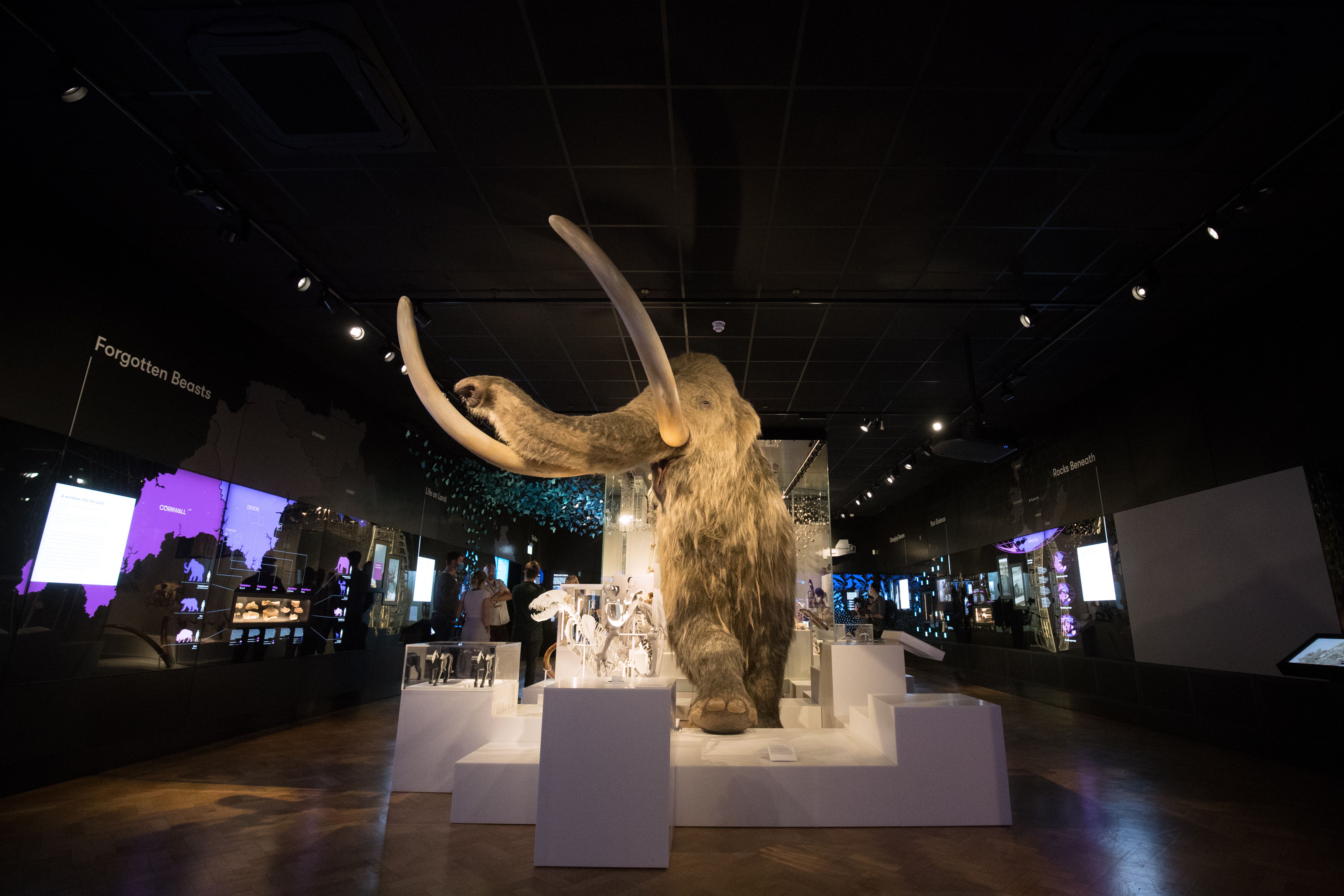Last surviving woolly mammoths were inbred but not doomed to extinction – study
New analysis reveals they originated from no more than eight individuals but grew to number 200–300 within 20 generations.

The last surviving woolly mammoths on Earth were inbred but not to the extent that it can explain their ultimate and mysterious extinction, a study suggests.
Experts say the findings indicate the animals were not doomed to go extinct for genetic reasons and that if a mysterious event had not wiped them off the planet they would still exist today.
The last group was on Wrangel Island, off the coast of Siberia, 10,000 years ago when sea levels rose and cut the mountainous area off from the mainland.
We can now confidently reject the idea that the population was simply too small and that they were doomed to go extinct for genetic reasons
They lived on the island for the next 6,000 years, and new analysis reveals they originated from no more than eight individuals but grew to 200–300 individuals within 20 generations.
According to the study, the mammoths’ genomes showed signs of inbreeding and low genetic diversity but not to the extent that it can explain their extinction.
Senior author Love Dalen, an evolutionary geneticist at the Centre for Palaeogenetics, a joint collaboration between the Swedish Museum of Natural History and Stockholm University, said: “We can now confidently reject the idea that the population was simply too small and that they were doomed to go extinct for genetic reasons.
“This means it was probably just some random event that killed them off, and if that random event hadn’t happened, then we would still have mammoths today.”
The study, published in the journal Cell, analysed the genomes of 21 woolly mammoths – 14 from Wrangel Island and seven from the mainland population.
The samples spanned the last 50,000 years of the woolly mammoth’s existence, and showed how genetic diversity changed through time.
Compared to their mainland ancestors, the Wrangel Island mammoth genomes showed signs of inbreeding.
The island population’s genetic diversity continued to decline throughout the 6,000 years they spent on the island, though at a very slow pace, suggesting that the population size was stable up until the very end, researchers say.
First author Marianne Dehasque said: “If an individual has an extremely harmful mutation, it’s basically not viable, so those mutations gradually disappeared from the population over time, but on the other hand, we see that the mammoths were accumulating mildly harmful mutations almost up until they went extinct.
“It’s important for present day conservation programmes to keep in mind that it’s not enough to get the population up to a decent size again – you also have to actively and genetically monitor it because these genomic effects can last for over 6,000 years.”
The researchers have unearthed fossils from the mammoth’s final period and plan to conduct genomic sequencing.
Prof Dalen said: “What happened at the end is a bit of a mystery still — we don’t know why they went extinct after having been more or less fine for 6,000 years but we think it was something sudden.
“I would say there is still hope to figure out why they went extinct but no promises.”
Bookmark popover
Removed from bookmarks